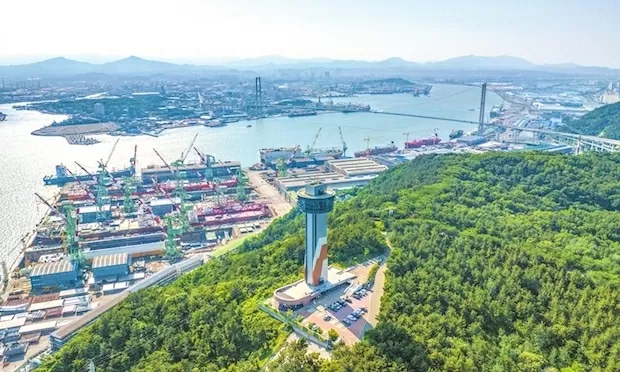 |
| Ulsan City has become an important bridge of exchange between China and South Korea for more than three decades. (Source: VCG) |
Ulsan City is a locality located between Busan and Gyeongju, serving as a global industrial and export center, with beautiful landscapes and dynamic socio-economic development.
Local people here often boast that Ulsan has the world's third longest suspension bridge with a span of 1,150 meters – this is not simply an infrastructure, but has been and will continue to be an important "bridge" in multi-dimensional exchanges between China and South Korea, and bears the characteristics of bilateral relations.
Historical links
Ulsan city, located on the southeastern coast of the Korean Peninsula, is often called the "industrial capital" and is a key base for South Korea's major petrochemical, shipbuilding and automobile industries.
The city of 1.1 million people is also home to numerous whale statues, whale museums and whale-themed cruise ships. Some locals say that some 7,000 years ago, their ancestors lived by hunting whales, and fighting on the waves was their glory.
In 1986, the International Whaling Commission adopted the International Convention for the Management of Whaling. And South Korea, as a member state, implemented a moratorium, ending commercial whaling. Since then, Ulsan has actively promoted the transformation of this historic whaling port into an eco -tourism destination.
Ulsan has also established sister city relations with localities such as Yantai City in Shandong Province, China to jointly carry out cooperation in marine ecological protection.
Ulsan's central administrative building features a display of gifts from around the world, including commemorative keys from the Beijing Olympics; red ceramic vases from Changchun, Jilin province; and a golden seal from Heilongjiang province – all telling the story of the city's deep ties with China.
According to Mr. An Sung-dae, Vice Mayor of Ulsan City, the exchange between Ulsan and China has recently been further strengthened, as China Southern Airlines has cooperated with the Ulsan Tourism Bureau to launch a non-scheduled direct flight between Guangzhou Baiyun International Airport and Ulsan Airport.
According to Mr. An, Guangzhou is an important base of China's auto industry, and opening direct flights not only facilitates industrial exchanges between the two cities, but is also another example of close cooperation between the two countries in many fields.
In addition to Guangzhou, Mr. An has also visited many other cities in China and is impressed by the history and culture, the scale of urban development as well as the achievements of the neighboring country in emerging fields such as new energy vehicles, artificial intelligence (AI) and low-cost economy.
Ulsan is now pushing to transform into an “AI capital” to address the challenges posed by its aging and shrinking population. Mr. An noted that the application of AI technology helps reduce the labor burden, improve the quality of life, and is of great significance to an aging society.
"In the future, South Korea and China may seek cooperation opportunities in emerging industries," An said.
Speaking about China-Korea relations, Vice Mayor An said that China and South Korea have long been important parts of East Asian civilization, and the two countries moving forward together into the future will certainly promote the development of the region.
Three decades of friendship
The Korea-China Culture & Economic Education Association (KCCEA) is a non-governmental organization active in the fields of economy, culture and education. Since its establishment in 2004, the organization has been striving to promote friendly exchanges and cooperation between the people of the two countries.
Kim Kyoung-dae, Chairman of the KCCEA Ulsan branch, told the story of a friendship that began three decades ago and was passed down through two generations.
Soon after China and South Korea established diplomatic relations in 1992, a Chinese schoolgirl named Shen Jingshu served as an interpreter for Kim's biological father at an event.
Through that connection, Mr. Kim had a brief encounter with the female student, after which they lost contact. After his father passed away, Mr. Kim found Ms. Shen's contact information while sorting through his deceased father's belongings, and mustered up the courage to email Ms. Shen.
Surprisingly, Ms. Shen responded very quickly, saying, "Your father helped me a lot at that time, and I always wanted to repay that kindness. But I couldn't contact you before, so I could only think about it all the time." Currently, Ms. Shen is serving as the President of KCCEA.
“After I learned that Ms. Shen had been working for many years to promote people-to-people exchanges between South Korea and China, I came up with the idea to follow suit,” Mr. Kim shared.
“Ulsan is Korea’s industrial center, but it is also a very cautious city. Unlike Seoul and Busan, local people here do not know much about China. I believe that Korea-China relations should expand from diplomacy to people-to-people exchanges, and I established the KCCEA branch in Ulsan.”
"During my years of interaction with China, I have found that trust is the starting point for all cooperation. Ulsan people do not easily believe in new things, and they only start taking action after building real trust."
So Mr. Kim did not give explanations, but instead presented the results to the local people through even small cooperations.
For example, inviting a Chinese art troupe to visit Ulsan led to exchanges between artists from the two countries; increasing the number of meetings between businesses led to business negotiations. As these achievements increased, local people became more in tune with each other, making the current atmosphere much more open than before.
It can be seen that Ulsan has played a good role as a bridge in people-to-people exchanges between China and Korea. And most likely, the two countries need more such “bridges” to bring bilateral relations back on track.
Source: https://baoquocte.vn/ulsan-thanh-pho-cua-nhung-cay-cau-va-tinh-ban-ba-thap-ky-giua-trung-quoc-voi-han-quoc-332906.html





![[Photo] Prime Minister Pham Minh Chinh chairs the second meeting of the Steering Committee on private economic development.](https://vphoto.vietnam.vn/thumb/1200x675/vietnam/resource/IMAGE/2025/11/01/1762006716873_dsc-9145-jpg.webp)




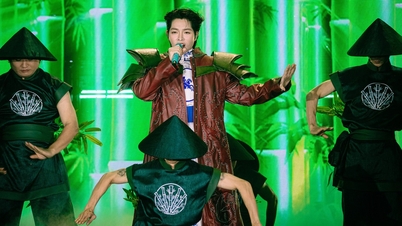

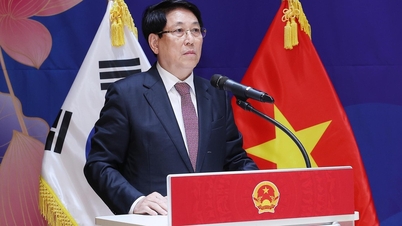

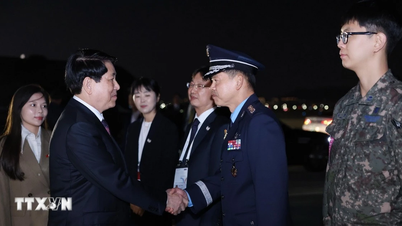

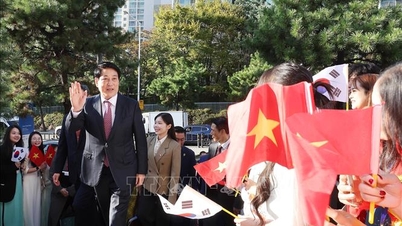


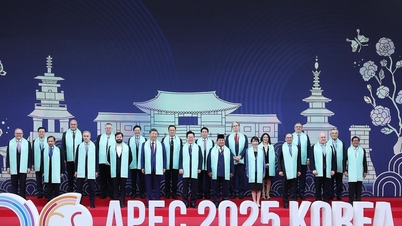



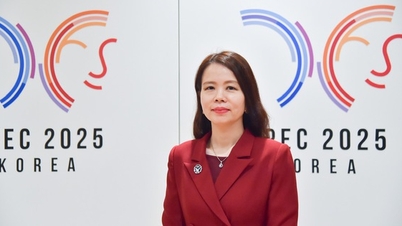

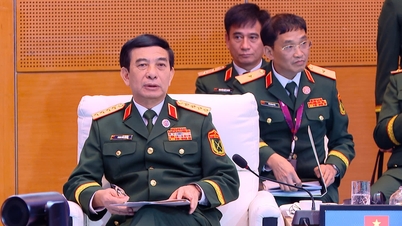
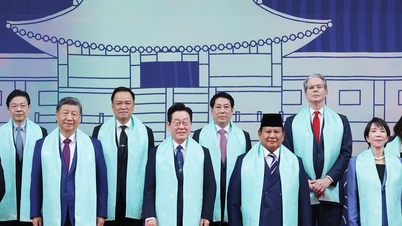






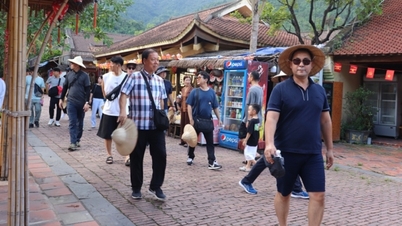
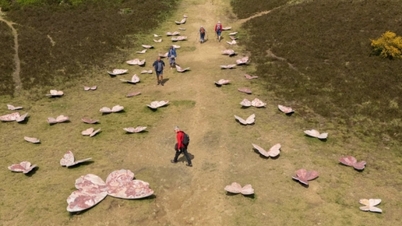

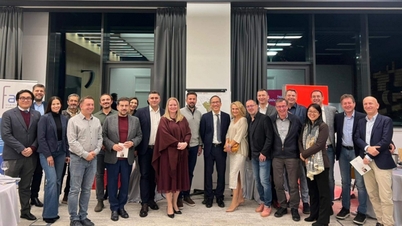


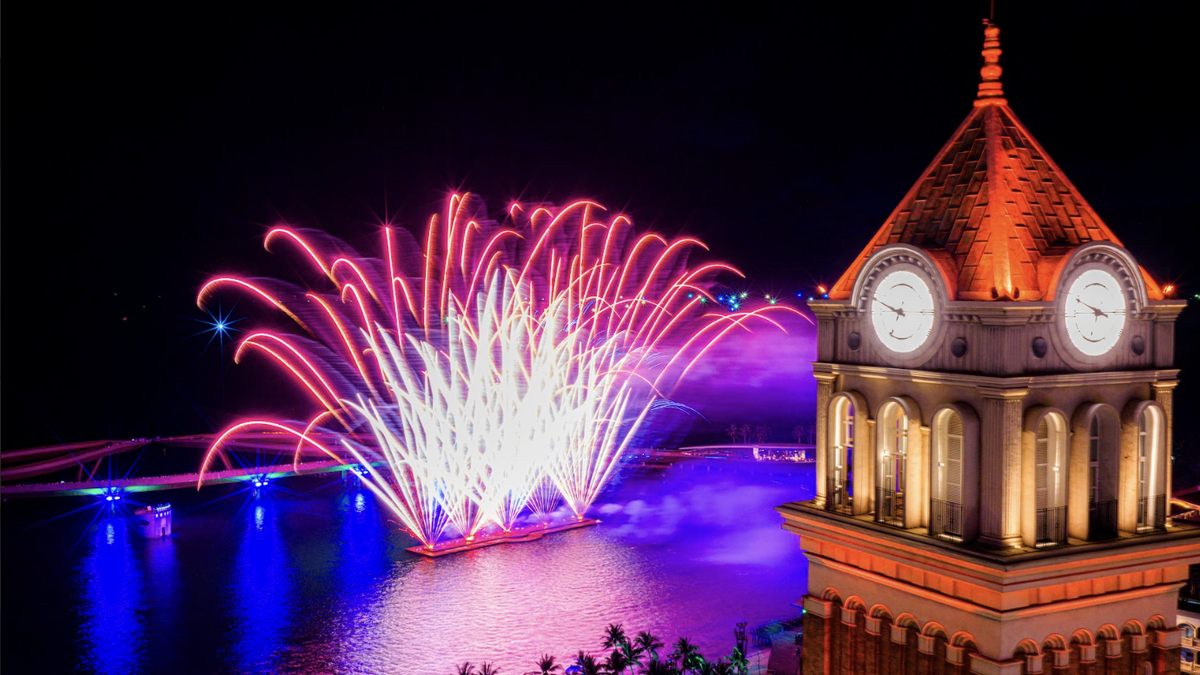


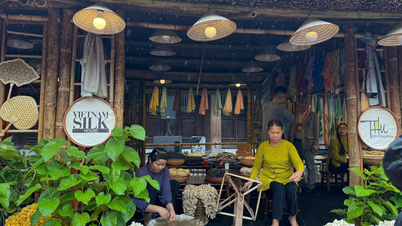




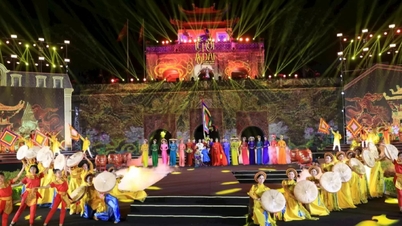

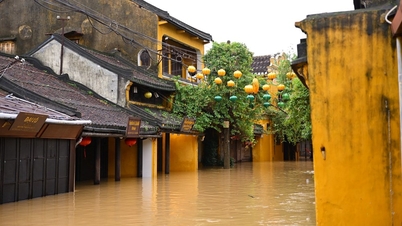







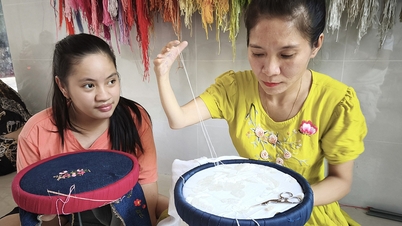


















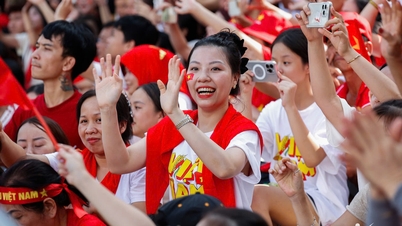


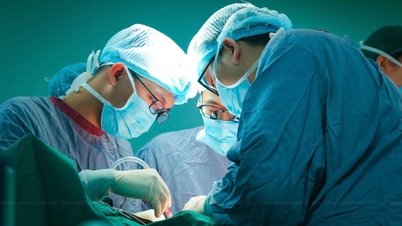



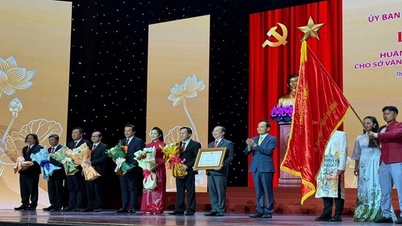

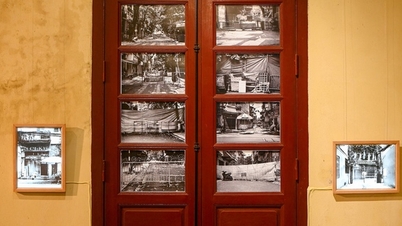










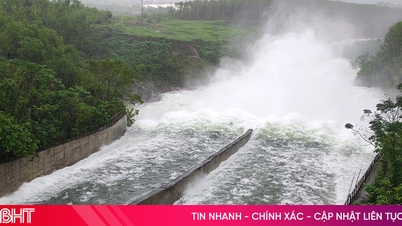



















Comment (0)